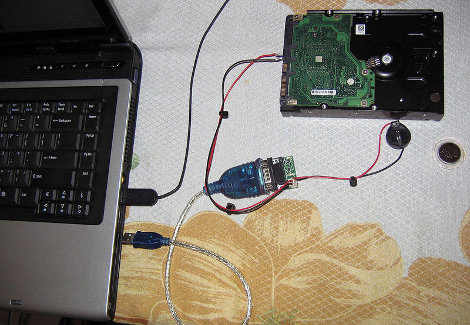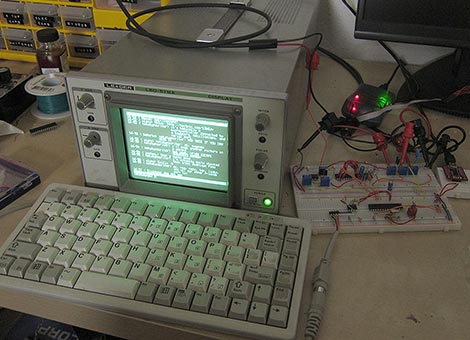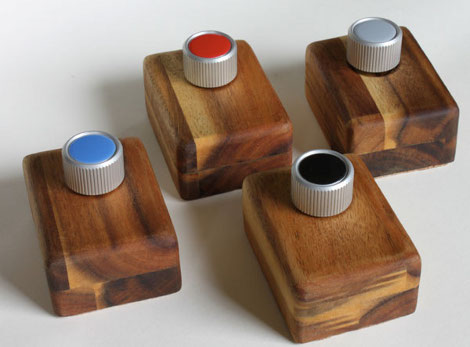[youtube=http://www.youtube.com/watch?v=eHI2q-x0ke0]
There’s something viscerally pleasing about simple solutions. [Kip] came up with one in the form of a scratch controller. The spindle from an optical drive is used to hold a CD in place, which acts as the LP for scratching. The sensor from an optical mouse is mounted upside down below the CD and detects the rotation of the disc. From there it’s just a matter of setting up your software to get the reading from that mouse. He’s had some trouble finding disc surfaces that the mouse sensor will read reliably. We’d recommend trying some of those stick-on inkjet CD labels.
This is similar to a scratch controller we saw in 2008. That one was actually repurposing the IR encoding from inside of a mouse. We’re not sure which method would work better, but either controller will make a nice addition to a Flexi Knob setup.















